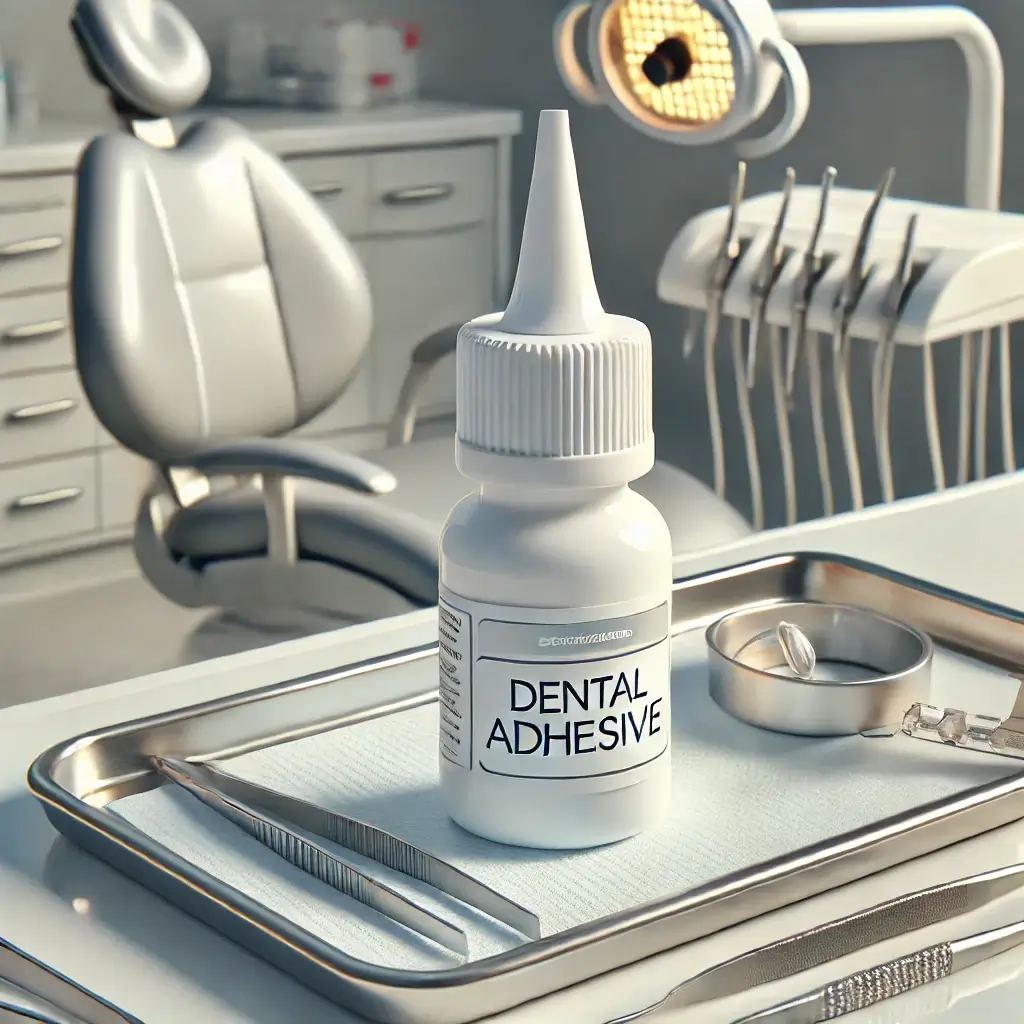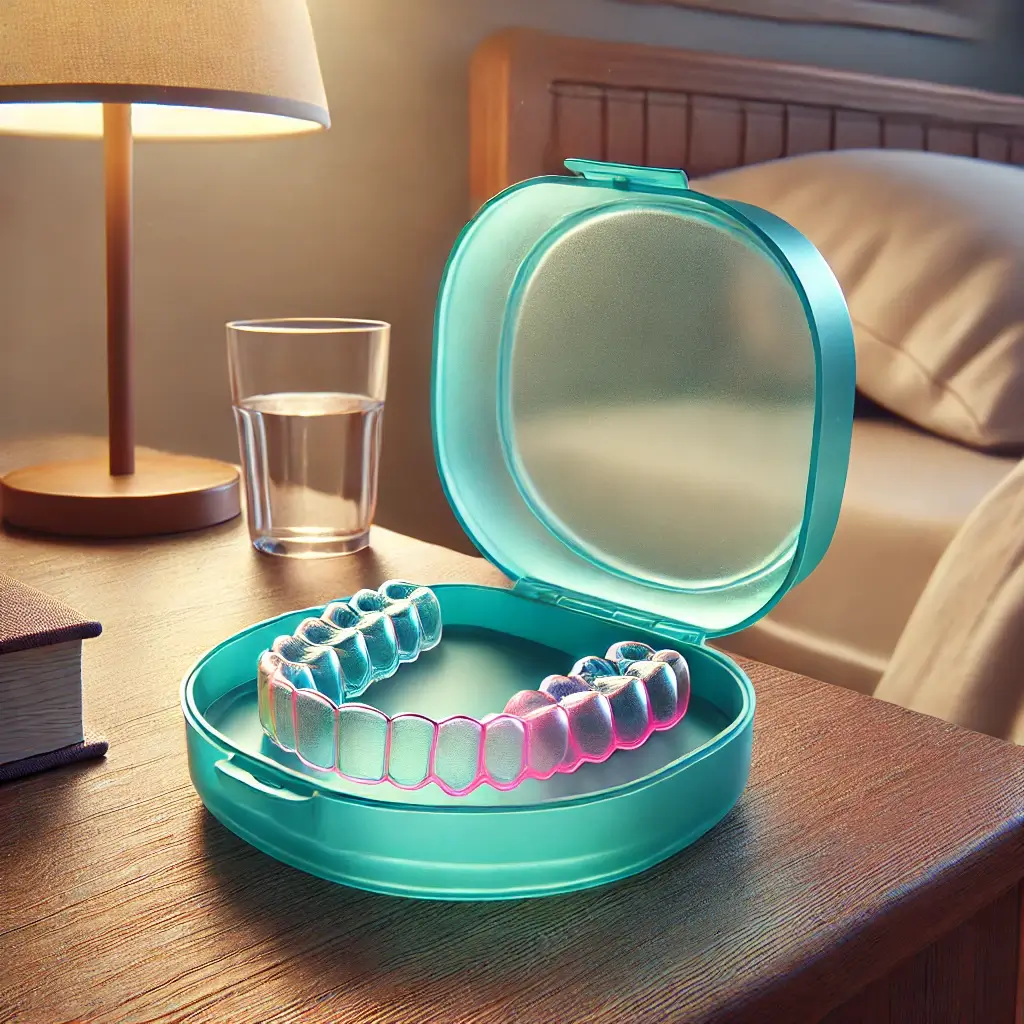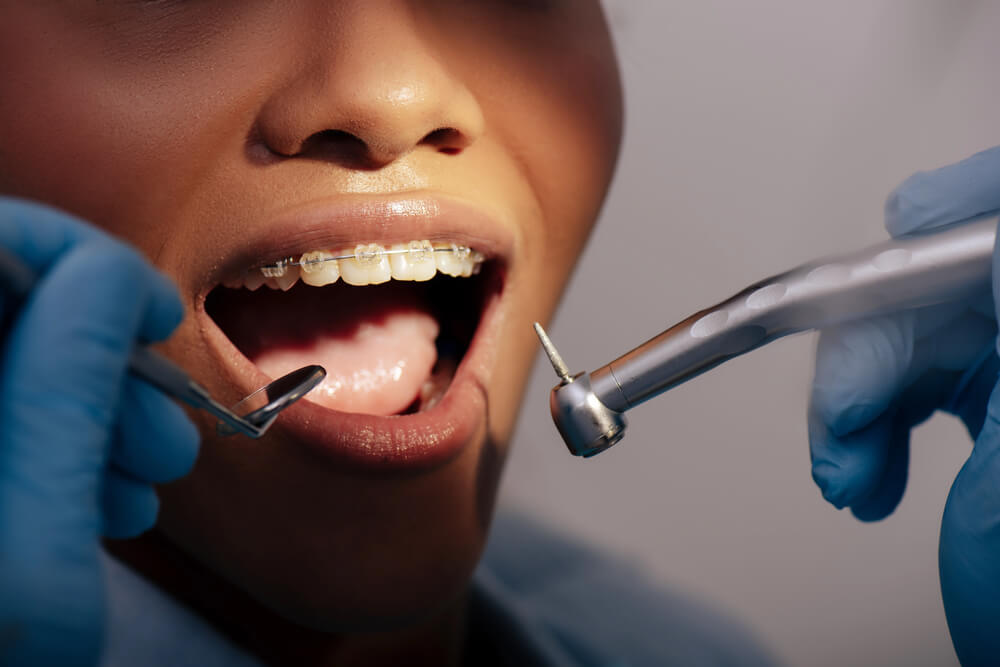A dental crown is a custom-made, tooth-shaped cap that fits over a damaged or decayed tooth to restore its shape, size, strength, and appearance. A crown attaches securely to a tooth, but several factors could cause it to become loose or fall out. Are orthodontics one of those factors? Can you get braces with a crown?
Can You Have Braces With Crowns?
Yes, you can have orthodontic treatments, such as braces, even if you have dental crowns. Before starting treatment, discuss your dental history with your orthodontist to address any potential challenges so they can design a plan for successful results.
Orthodontists learn how to work with a variety of dental restorations and can develop a regimen that accommodates crowns. It’s important to note that while crowned teeth can move during orthodontic treatment, the movement may differ slightly from natural teeth. Regular monitoring by your orthodontist makes sure that both the crowns and surrounding teeth are adjusting as planned.
Can You Attach Braces to a Tooth With a Crown?

Attaching braces with crowns involves special techniques to keep the brackets firmly in place. Unlike natural tooth enamel, materials like porcelain or metal used in crowns don’t bond easily with regular dental adhesives. To address this, orthodontists use specific methods to prepare the crown’s surface so the brackets will adhere better.
The orthodontist may gently roughen the surface of the crown using tools like a fine diamond bur or by sandblasting with tiny particles. This creates a slightly rough texture, allowing the adhesive to grip the crown more effectively.
After roughening the surface, the orthodontist applies a special chemical called a silane coupling agent. This agent helps form a strong bond between the crown material and the adhesive that attaches the bracket.
Orthodontists use dental adhesives designed to work well with crown materials. These adhesives attach securely to the porcelain or metal so that the brackets remain attached throughout the treatment.
Can Braces Damage a Crown?
Braces with crowns apply pressure to your teeth that can sometimes chip or damage crowns. Your dentist may need to repair or replace the crown during or after orthodontic treatment. The bracket attachment and removal processes can also occasionally damage the crown’s surface, especially with materials like porcelain. However, this damage is usually cosmetic and fixable after braces with crowns are removed.
There are a few other risks you should be aware of:
- Adhesion Challenges: Brackets may not adhere as firmly to crown materials as they do to natural teeth. The need to reattach brackets can extend treatment time.
- Limited Tooth Movement: Crowns are not supposed to move, which can limit progress and result in a longer treatment duration.
- Increased Dental Visits: You may need to see your dentist more often to make sure restorations remain intact.
- Gum Tissue Impact: Braces can cause inflammation, bleeding, or gum recession around crowned teeth.
To mitigate these risks, consult with both your orthodontist and dentist before starting treatment.
Should You Get a Crown Before or After Getting Braces?
Deciding whether to get a dental crown before or after braces depends on your individual circumstances and the dental work you need to have done. Generally, it makes more sense to straighten your teeth before placing a crown. This way, your braces will properly position your teeth and provide a stable foundation for any restorative procedures that you need after your orthodontic treatment.
Aligning your teeth first also minimizes the risk of needing to replace crowns due to changes in tooth position after braces removal. However, if you have a severely damaged or decayed tooth, placing a crown before starting braces may be necessary to stabilize the tooth. Your dentist can use a temporary crown during orthodontic treatment and place a permanent crown afterward to accommodate any changes in alignment.
How Long After a Crown Can You Get Braces?
There is no mandatory waiting period after getting a crown if you need braces, too. You may experience some temporary soreness, and you’ll want to wait until that has subsided before your orthodontist puts your braces on. Still, a crown is usually stable and functional right away, and it doesn’t need extended healing time. Therefore, your orthodontic treatment can start immediately.
However, it’s critical to address any unusual discomfort you feel resulting from a crown to be sure that there are no underlying issues that could get worse once you have your braces on. For example, persistent sensitivity may indicate pulp irritation or a crown that doesn’t fit, which should be addressed before adding the stress of braces.
What Are the Best Kinds of Braces With Crowns?
You and your orthodontist have other options besides traditional metal braces, and all of them are compatible with crowns to a degree. Ceramic braces are the most similar to metal braces; they function and attach to the teeth the same way, so you can wear them with crowns using the same considerations.
Self-litigating braces are brackets with built-in clips that hold the archwire, and they are also suitable for crowns with the appropriate adhesives. Lingual braces are placed on the back sides of the teeth, hidden from view. They are more challenging to attach but still feasible.
Can You Use Clear Aligners if You Have a Crown?

Clear aligners, like Invisalign, are custom-made trays that fit over your teeth, gently moving them into the desired position. Since they are not bonded directly to the teeth, clear aligners can accommodate crowns without significant issues. There are a few additional advantages that clear aligners have over braces:
- Aesthetics: Clear aligners are nearly invisible, providing a discreet option for teeth straightening.
- Comfort: Made from smooth plastic, aligners are generally more comfortable and less likely to irritate the mouth compared to metal braces.
- Oral Hygiene: Aligners are removable, allowing for easier brushing and flossing, which is beneficial for maintaining the health of crowned teeth.
However, since aligners are removable, they require commitment to wear them for the recommended 20 to 22 hours per day. Furthermore, for complex orthodontic issues, they may not be as effective as traditional braces and may take longer to get results.
You Can Get Braces With a Crown at Peterson Family Ortho
Even though it’s usually best to wait until after you finish your orthodontic treatment to get dental restoration, everyone’s circumstances are different. Braces can work with a crown as long as your dentist and orthodontist collaborate to adjust your treatment plan. Contact us at Peterson Family Orthodontics to discuss your options.

